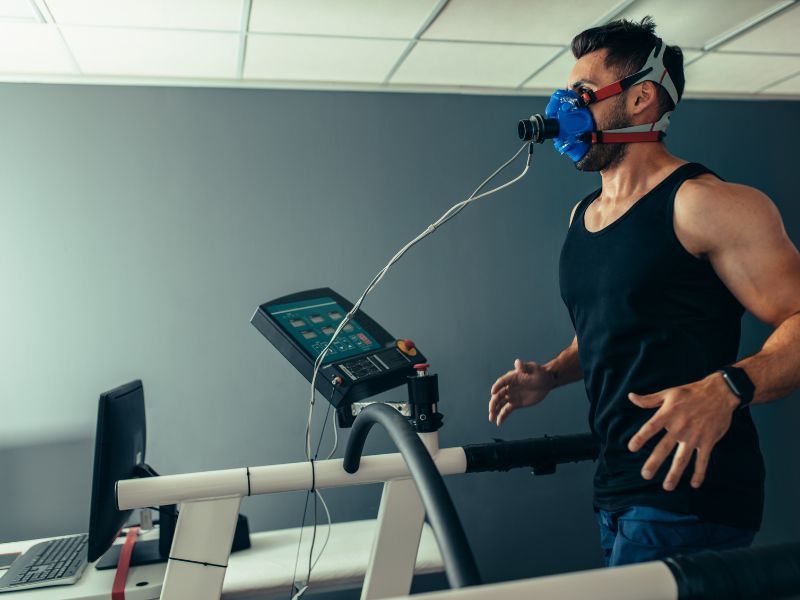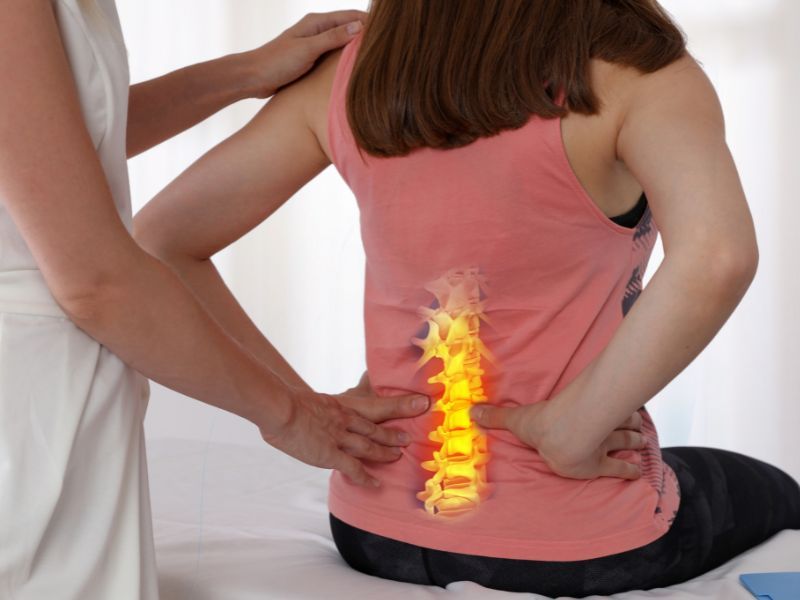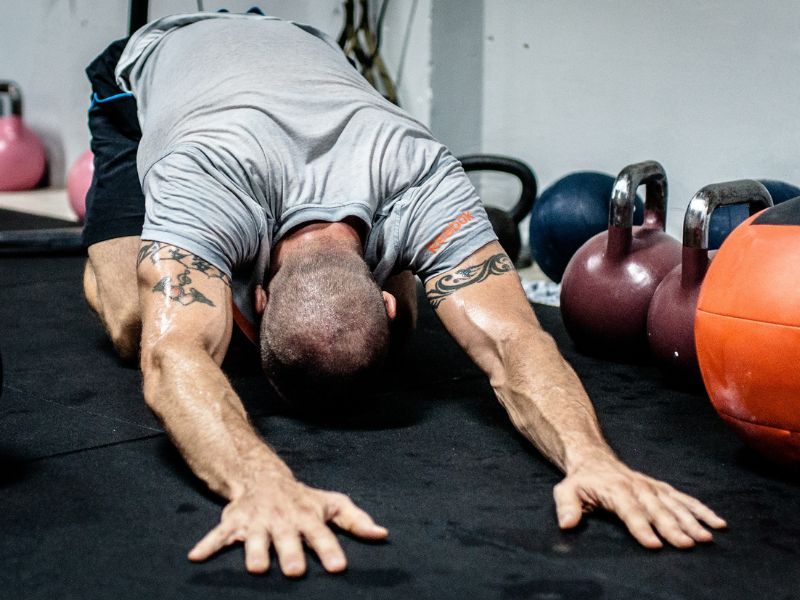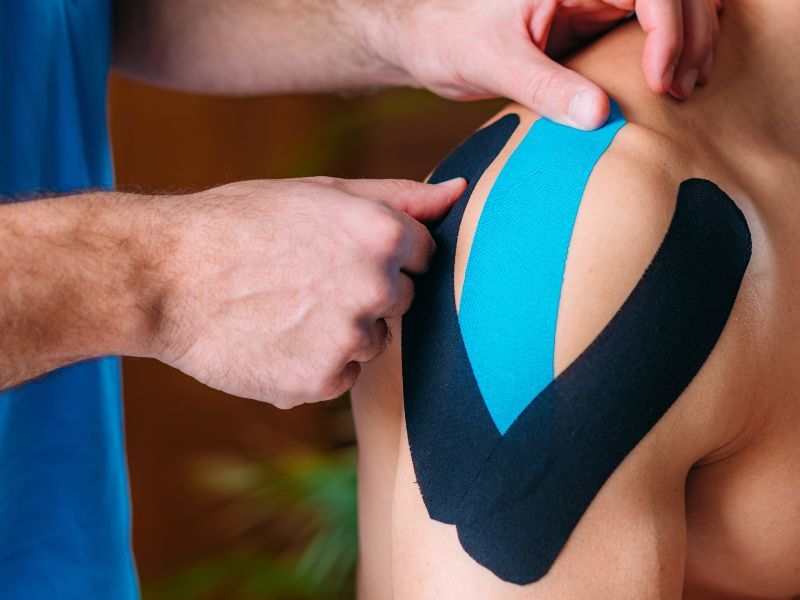Recovery at Your Fingertips: Exploring Tele-Rehabilitation Services
TL;DR: Tele-rehabilitation provides remote access to rehab services via digital platforms, offering convenience and personalized care. It supports physical recovery, chronic condition management, speech therapy, and mental health services. Benefits include time and cost savings, personalized care, and safety during health crises. The future may include VR/AR technology, smarter wearables, AI coaching, and global accessibility. Prime Health & Performance offers comprehensive tele-rehabilitation services for optimal health and performance from anywhere.
Let’s dive into a topic that’s been buzzing in the healthcare world lately: tele-rehabilitation. Imagine getting expert rehab services without stepping out of your home. Sounds convenient, right?
Roughly 40% of Canadians experiencing long-term symptoms after COVID-19 in 2023 who sought medical care for these issues reported finding difficulties in accessing healthcare services. Now, it’s time to change that.
That’s what tele-rehabilitation is all about. It’s part of the telehealth universe, using tech to bring rehab services straight to you through the magic of the internet and telecommunications. With recent health crises turning our world upside down, the need for accessible healthcare has never been clearer.
So, let’s unpack tele-rehabilitation, explore its benefits, tackle its challenges, and peek into its future potential to change the game in healthcare.
Understanding Tele-Rehabilitation
Let’s simplify tele-rehabilitation even more. It involves using your computer, phone, or tablet to chat with your healthcare professionals and receive remote counsel. You can exchange health information, show them how you exercise, and get all the health tips and additional exercises you need. It’s like having the clinic come to your home or wherever you are.
Tele-rehabilitation is your go-to place online for healing and improvement. Whether you’re dealing with pain, need to move better, or require speech therapy, it’s all accessible right from your screen. You can tap into excellent rehab services from anywhere, be it a bustling city or a peaceful rural area.
How Does Tele-Rehabilitation Work
It all begins with a hello, but digitally. You have a chat or video call with your therapist, where they get to know what you need help with. It’s like any other meeting with a doctor, just via a screen. After you’ve both figured out what’s required, your therapist crafts a plan tailored just for you.
Now comes the doing part. Through video calls, your therapist guides you through exercises and checks your rehabilitation progress. Sometimes, you might use special apps or gadgets to help your therapist understand how you’re doing in real-time.
You can often track your progress through apps or online platforms. It’s rewarding to see how far you’ve come, and it helps your therapist ensure your treatment plan is working just right.
The Versatility of Tele-Rehabilitation Services
Tele-rehabilitation is transforming the way we think about healthcare delivery. Let’s inspect the diverse ways in which tele-rehabilitation can support your health and wellness:
Physical Recovery and Management
Tele-rehabilitation is a game-changer for anyone needing physical therapy. Whether for recovery from injuries like a sprained ankle or managing chronic conditions such as back pain, these online services offer tailored exercises and professional guidance, all through your digital device.
Chronic Condition Support
Long-term health issues, like arthritis, require ongoing management. Tele-rehabilitation provides a convenient way to access specialized exercises and treatments to manage pain and improve quality of life without regular visits to a clinic.
Speech Therapy
Not just for physical ailments, tele-rehabilitation extends to speech therapy. It helps individuals overcome speech and language barriers through structured online sessions, making these essential services more accessible.
Mental Health Support
Tele-rehabilitation services include psychological support and counseling. These services break down geographical and logistical barriers, ensuring anyone needing mental health support can access it from home.
Benefits of Tele-Rehabilitation
So, we’ve figured out what tele-rehabilitation is, now let’s chat about why it’s so awesome and how you can get the most out of using tele-rehabilitation:
No More Travel Hassles
You could skip the traffic, save on gas, and forget about the stress of getting to your appointment on time. With tele-rehabilitation, your therapy session is just a click away. Whether in a cozy corner of your home or taking a break at work, your therapist is ready to meet you on screen. It’s all about bringing the service to you, not the other way around.
Convenient and Adjustable
Got a busy schedule? No problem! Tele-rehabilitation lets you fit your therapy sessions into your life, not the other way around. You can choose times that work for you, making it easier to stick to your rehab plan. Plus, you can do your exercises in the place where you’re most comfortable―your home.
Save Those Coins
Let’s talk about savings. With tele-rehabilitation, you’ll cut down on travel costs and parking fees and maybe even take less time off work. It’s about saving money and making rehab more accessible to everyone, everywhere.
It’s All About You
One of the coolest things about tele-rehabilitation is that it can be tailored just for you. Your therapist can adjust your exercises and therapy in real-time, based on how you’re doing. Plus, you get their full attention during sessions, ensuring you’re on the right track to getting better.
Keeping It Safe
In times when going out could put your health at risk, like during flu season or a global health crisis, tele-rehabilitation is a safe bridge to your needed services. It keeps you and your healthcare providers safe without interrupting your progress.
The Future of Tele-Rehabilitation
Let’s put on our future goggles and imagine what’s ahead for tele-rehabilitation. If you think it’s brilliant now, wait to see where it’s headed. Let us give you a sneak peek into what the future might hold for tele-rehabilitation:
Virtual Reality (VR) and Augmented Reality (AR)
Imagine slipping on a VR headset and being transported to a virtual gym where your physical therapist awaits you. Or picture using AR glasses to see exercises projected right into your living room. This isn’t sci-fi, but the future of tele-rehabilitation. These technologies can make therapy sessions more interactive, engaging, and fun.
Smarter Wearables
Think about smartwatches that not only track your steps but also how well you’re doing with your rehabilitation exercises. Future gadgets could give therapists real-time feedback on your movements, making your home sessions as effective as being in the clinic.
Artificial Intelligence (AI) Coaches
AI could play a big role in tele-rehabilitation by acting as a personal coach that’s always there for you. These smart systems could analyze your progress, adapt your therapy plan instantly, and even motivate you with personalized encouragement. Imagine getting a nudge from your AI buddy reminding you to do your exercises or praising you for a job well done.
Global Accessibility
One of the brightest spots in the future of tele-rehabilitation is its potential to reach every corner of the globe. No matter where people live, they can access top-notch rehabilitation services. This means better health outcomes for millions who currently can’t get the needed therapy.
Exploring Tele-Rehabilitation Services and Their Potential: Final Thoughts
Exploring tele-rehabilitation services shows they represent a significant shift in how rehabilitation is delivered, offering a more accessible, convenient, and cost-effective option for recovery at your fingertips.
With over 1,500 satisfied customers, Prime Health & Performance integrates cutting-edge tele-rehabilitation services with our top-rated personal training and physiotherapy offerings, ensuring comprehensive care accessible from anywhere.
This approach allows us to extend our expert support beyond our Vancouver location, making it easier for you to receive personalized, effective rehabilitation and training sessions from the comfort of your home.
Ready to go towards optimal health and performance, even remotely? Visit our website and check out how Prime Health & Performance can help you be your prime through our innovative services.








